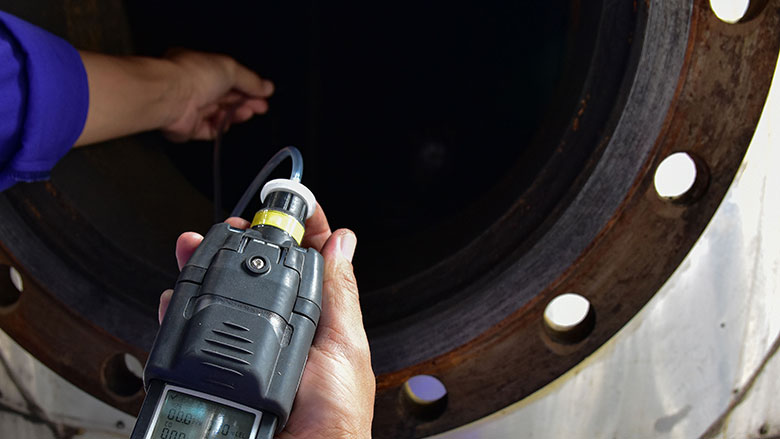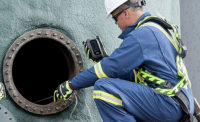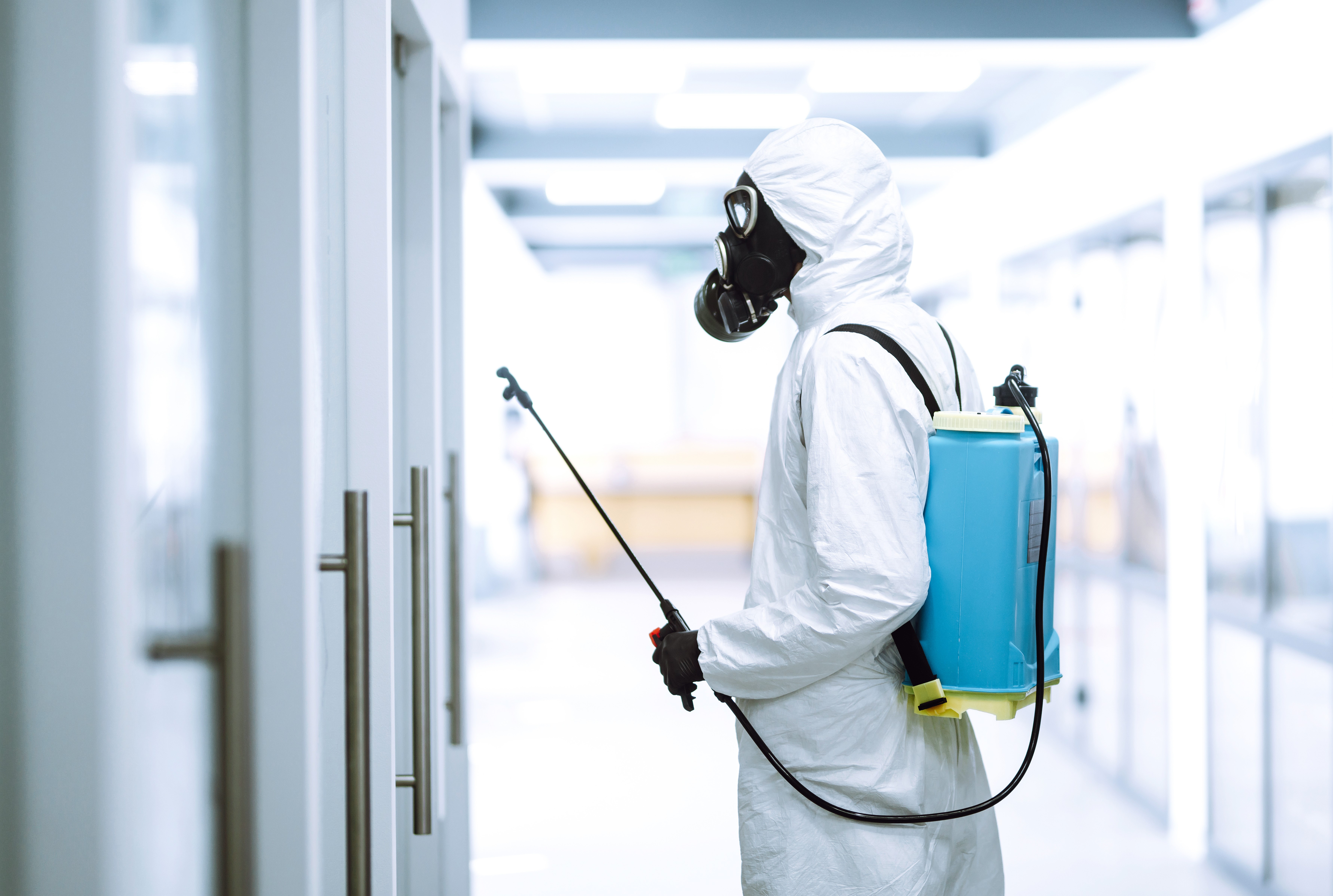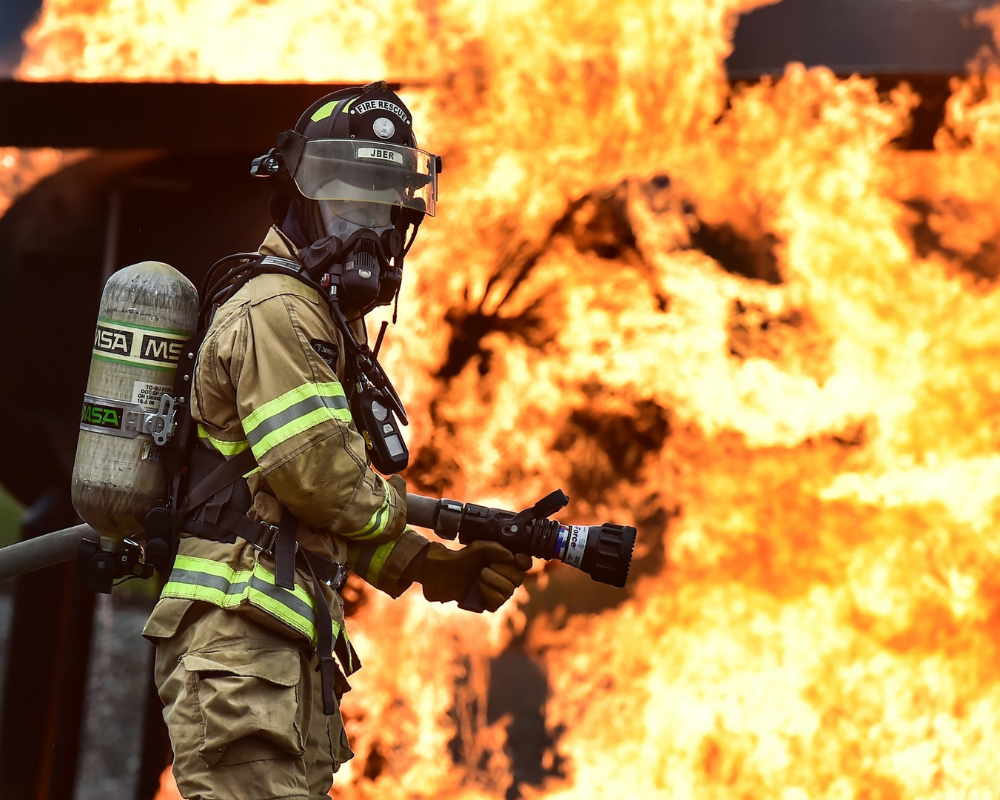Businesses and employers can easily overlook the dangers of confined spaces. They can be found in virtually every industry, and workers need to take the proper precautions to protect themselves before entering. Everyone on the team should be aware of the latest ventilation requirements for confined spaces as outlined by the Occupational Safety and Health Administration (OSHA), but implementing these guidelines in the workplace can be a challenge. Companies can use this guide to calculate how much ventilation is necessary for their respective confined spaces.
Assessing the confined space
It starts with learning how to recognize confined spaces in the workplace. A confined space is any area that’s large enough to enter and perform work but not fit for prolonged human occupancy. It usually has a limited number of exits, entryways, or windows, with few to no options of ventilation. Common confined spaces include basements, crawl spaces, attics, sewers, tunnels, pits, manholes, and pipelines. They also include large storage containers such as silos, grain hoppers, and metal shipping containers.
Confined spaces can be hazardous for two reasons: the air may contain flammable materials that could combust in the presence of an ignition source and the presence of hazardous gases can harm workers or reduce the amount of available oxygen.
Managers should start by determining whether the confined space is hazardous to workers. Any space that presents serious harm to workers requires a permit and documentation regarding air quality.
OSHA ventilation requirements for confined spaces
If the space is considered hazardous, the team must take several steps to comply with the latest regulations. Start by measuring the size of the space in cubic feet and the number of air changes per hour (ACH) or how often the air must be replaced to ensure a safe work environment. The space may already have this information listed. In other cases, the managers will have to use their own common sense. The larger the space, the more ventilation is required. OSHA doesn’t regulate ACH, but many states have air exchange requirements.
These numbers are then multiplied to calculate the total cubic feet per minute (CFM) exchange requirement. For example, the ACH may be 6, which means the air must be exchanged six times per hour. If the space in question measures 5,000 cubic feet, multiply 5,000 x 6 to get 30,000, which means a minimum of 30,000 CFM per hour is required. Now divide that by 60 to get the exchange rate per minute, which leaves us with a CFM of 500.
Managers can use this number to select the right blower for the space. Unlike the blowers and fans you may see at your local department store, these are specially designed to increase ventilation by removing hazardous toxins from the confined space while blowing fresh air in. In this case, a blower with 1,000 CFM would suffice. However, not all confined spaces look the same. If the area is oddly shaped or has many turns or angles, the team may need to use additional ducts or blowers to maximize air flow. The ducts will need to match the size and shape of the blower to keep the air flowing. If the CFM is larger than that of a standard issue blower, they may have to use more than one blower at a time.
The team should consider the placement of the blowers before working in the space. They should be placed in a clean air environment. It should be kept away from other engines and motors with exhaust fumes. The team may also have to run power cables to the space if there is only one power outlet or limited electricity.
You may need to decide between a portable, gas- or battery-powered blower when working on the go. Make sure the one you choose will last the duration of your shift.
Flammable materials
To reduce the risk of flash fire, teams should use air blowers with spark-proof designs to limit the chances of a random spark igniting. The machine should also have an explosion-proof motor to prevent additional injuries. If the motor were to catch fire, the device should stay intact. The wiring should also be inspected and approved by Underwriter’s Laboratory® (UL), which shows that the plug will not produce a spark when plugged into an outlet.
Hazardous gases
If hazardous gases, such as carbon monoxide, hydrogen sulfide, and volatile organic compounds are present in the workplace, the team should monitor the atmosphere to prevent exposure. OSHA requires the following safety measures for confined spaces:
- Oxygen (O2) levels need to stay between 19.5% and 22%.
- Gases and flammable vapors must be kept below 10% of their lower explosive limit (LEL).
Potentially toxic materials must stay below their personal exposure limit (PEL) levels or immediate danger to life and health (IDLH) levels if using anything less than supplied air respirator protection.
Exposure to these gases can lead to a range of symptoms, including dizziness, shortness of breath, increased heart rate, headaches, or restlessness. Prolonged exposure can lead to vomiting, fainting, and even death.
Ventilation is the best way to reduce the threat of these hazards, but additional safety measures may be required. Teams must use gas detectors to continuously test the amount of oxygen and other gases in the air before and during worker occupancy. Portable gas monitors can be worn by workers in what’s known as the breathing zone. Fixed point gas detectors are wired to power for constant use to monitor specific areas over a long period of time.
Employee training
Managers need to share this information with their employees, so everyone can do their best to improve the safety of the workplace. It’s the company’s job to provide a safe, clean work environment. If these hazards are present in the space, the team should invest in the proper safety equipment, including blowers, ducts, gas monitors, and respirators if ventilation isn’t enough.
The company should also keep records of these readings to comply with regulations. Workers should also be free to file a complaint against the company without fear of retaliation if they believe the company is putting their or their colleagues’ safety in jeopardy.
Ventilation is the best way to reduce the hazards of working in confined spaces. Managers should keep this information in mind when assessing their work environment.



